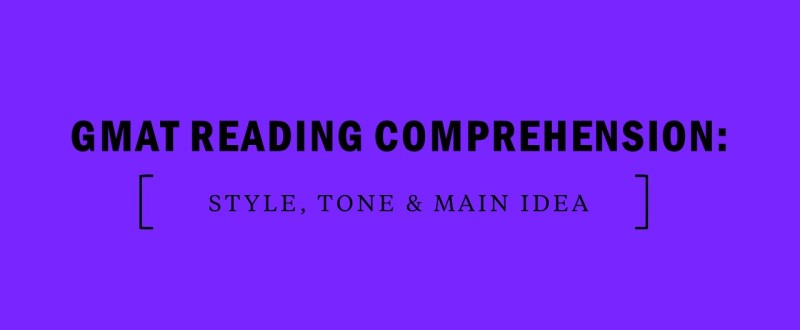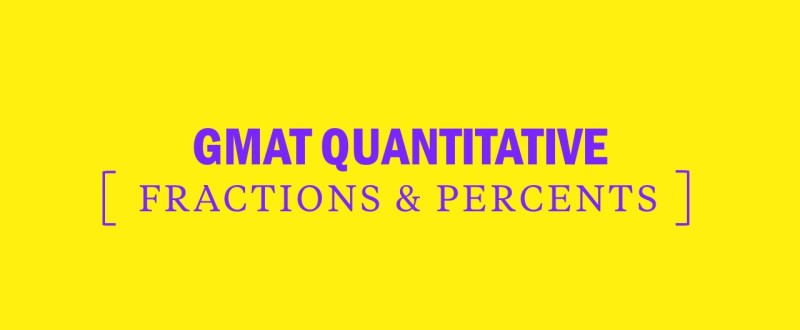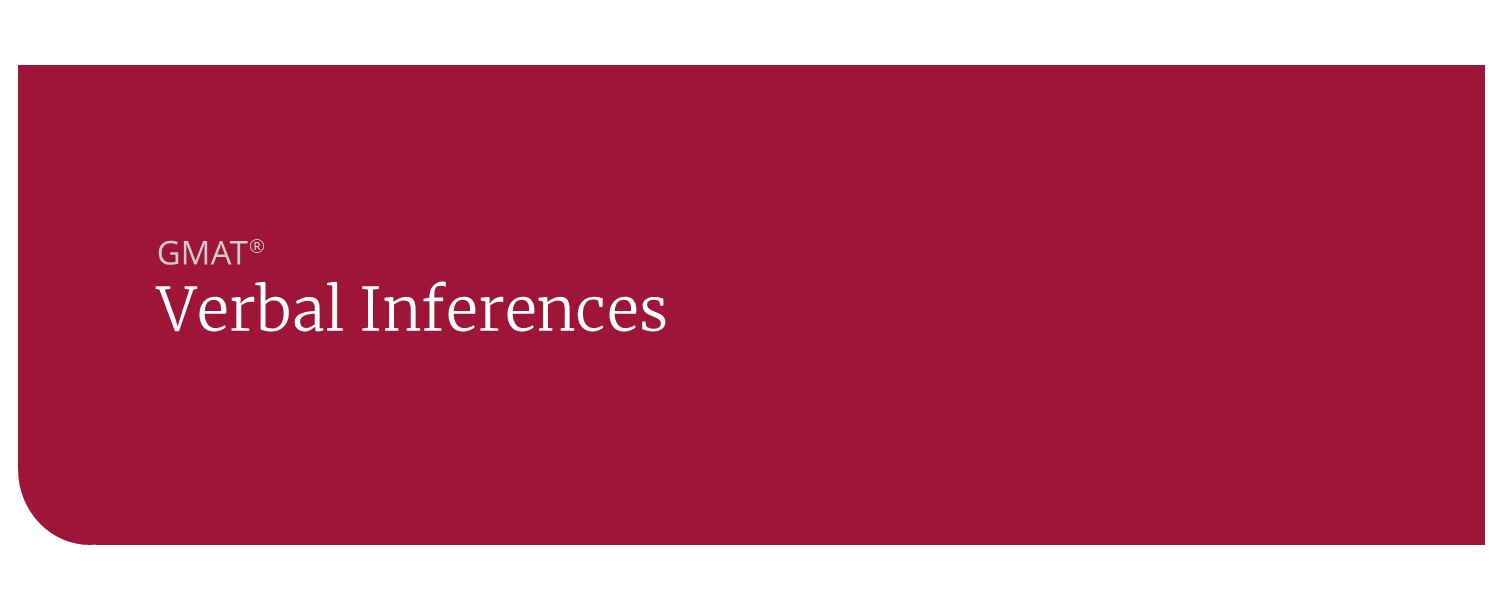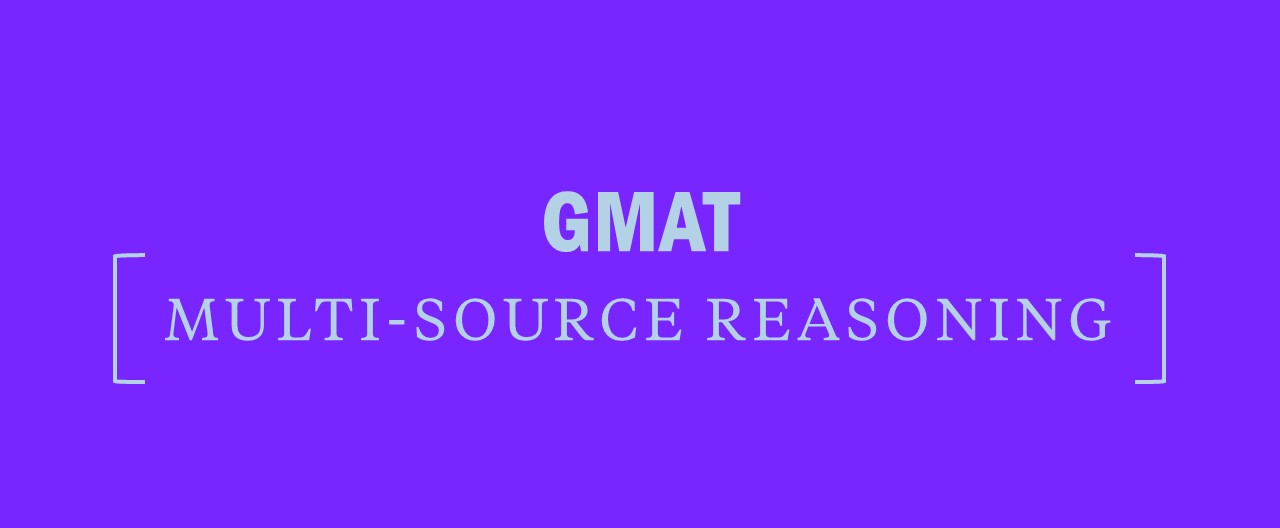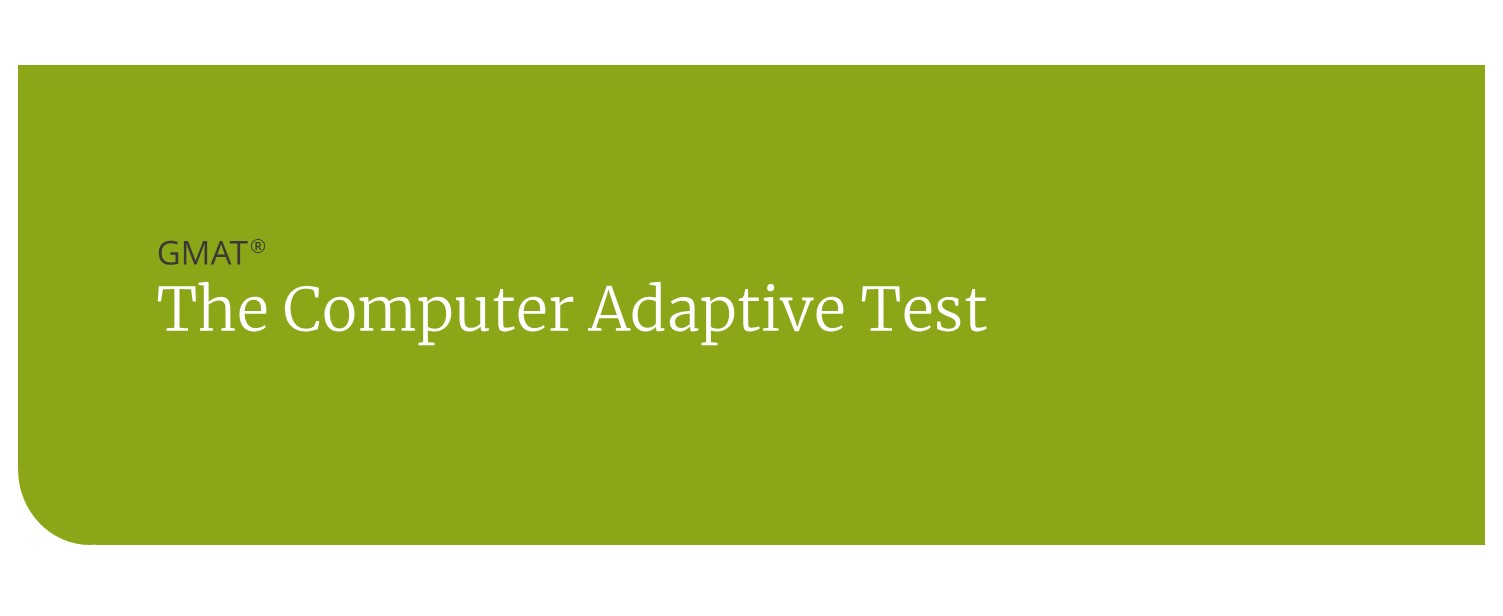GMAT Reading Comprehension: Style, Tone & Main Idea
It’s important to keep in mind for all Reading Comprehension questions that just because an answer choice is reasonable, true, or mentioned in the passage, does not mean it is necessarily correct. Always ask yourself: which answer choice best addresses the specific question being asked? Look to eliminate answer choices that are outside the scope of the question, or ones that contain extreme language such as always and never.
GMAT Reading Comprehension Main Idea
For “Main Idea” questions, we’re looking for the answer choice with a scope that matches that of the entire passage. For example, if the passage was about volcanoes and the necessary steps that need to be taken in order to predict and prevent volcano eruptions, then perhaps one paragraph referred to Mount St. Helen’s. However, it would be incorrect to say that the main idea of the passage was to “discuss Mount St. Helen’s” as that is the main idea of only one paragraph. The “Main Idea” would need to be something like “to discuss ways of predicting and preventing eruptions” since that is the more general focus.
For “Main Idea” questions, we need to try to see the picture that is being formed by all of the puzzle pieces, and not get distracted by the individual pieces themselves.
It’s easy to do this if you write down the Purpose of the passage BEFORE reading the first question. Remember that active reading and note-taking are essential to GMAT Reading Comp success. When you see a “Main Idea” question, you can quickly refer back to your Purpose to form a prediction.
If you forgot to write down the Purpose, or you can’t make a strong prediction, there are a few good places in the passage to look for the “Main Idea.” Try re-reading the last few sentences of the opening paragraph. Does the author include a thesis? Does he express a strong point of view about the topic?
Another good place to look is the concluding paragraph. Does the author re-iterate a main purpose here? What is he summarizing? Focus especially on the first and final sentences.
GMAT Tip
Always write down your prediction before you read the answer choices. Even if your prediction seems incredibly obvious and you are someone with a perfect memory, you don’t want the wrong answer choices to sway you, and unless you write it down you risk forgetting or distorting your prediction as you read. As you write it down, trust that you’ve read the passage carefully and instinctually know what the correct answer should be.
GMAT Reading Comprehension Style and Tone
One question type you are bound to encounter on the GMAT Reading Comprehension is a style or tone question. Style and tone questions are particularly rare because most of the passages will be informational articles with neutral tones. For example, it would not be very challenging if you were asked to identify the tone of a passage about the many types of metamorphic rock – such a passage would surely be neutral.
The tone of any given passage is the author’s emotion or feeling, usually towards his subject. An author’s style is the particular way he uses language to reflect his unique authorial voice. Most style or tone questions will include the words “attitude,” “tone,” “style,” “feeling,” etc. A typical question of this type might look like this:
- The author’s attitude toward global warming might best be described as which of the following?
- Which of the following best describes the tone of the passage?
- Based on the statements in lines 43-46, which of the following could be inferred about the author’s attitude toward socialism?
The best way to identify the tone of a passage is to examine certain words with positive or negative connotations. If I were writing a passage about global warming, and one sentence read “fortunately, these brilliant scientists were able to combine their wits and begin formulating promising solutions,” you should identify my tone as positive, optimistic, or reverent. I respect and honor the scientists, and I consider their research valuable and intelligent. Of course, we can imagine that an author adopt a negative tone toward the same subject.
Another author might say that “the irresponsible scientists pooled together their half-baked theories to create the most egregious scare tactic of the 21st century.” Notice that positively or negatively charged word in italics – they are the keys to identifying tone.
Of course, my examples are extreme; most of the passages on the GMAT will be more neutral in tone. Most of the answer choices will be moderate. It’s usually best to avoid the extreme answer choices. If you notice that the author is slightly skeptical about her topic, don’t choose the answer choice that says she is “vehemently opposed” to her topic.
Here is an example of a tone question. The following paragraphs are exercepted from a passage about the Iguacu Falls:
Even though I’ve only included two paragraphs from the passage, we can still answer the question about the author’s tone. First, try to identify words with positive or negative connotations, or identify phrases that reveal the author’s attitude toward the falls. The first sentence reveals the author’s reverence for the falls; if the Iguacu Falls make Niagara look like a ‘leaky faucet,’ they must be pretty impressive. Further, notice the adjectives “great,” “lush,” and “graceful,” the positive noun “paradise,” and the verbs “swoop,” “amble,” and “cavort,” which evoke an Edenic portrait of the natural landscape.
The author’s attitude, in short, is purely positive. Thus, we can quickly eliminate C, D, and E. We can also eliminate A for a different reason. It would be wrong to say that the author is “proud” of Iguacu Falls; after all, he doesn’t take credit for its beauty. B is the best answer.
Remember, don’t try to project a positive or negative tone where one does not exist. If the tone is completely neutral, make sure you answer accordingly.

